Latest Update: Aug 13, 2025, 6:06:30 AM
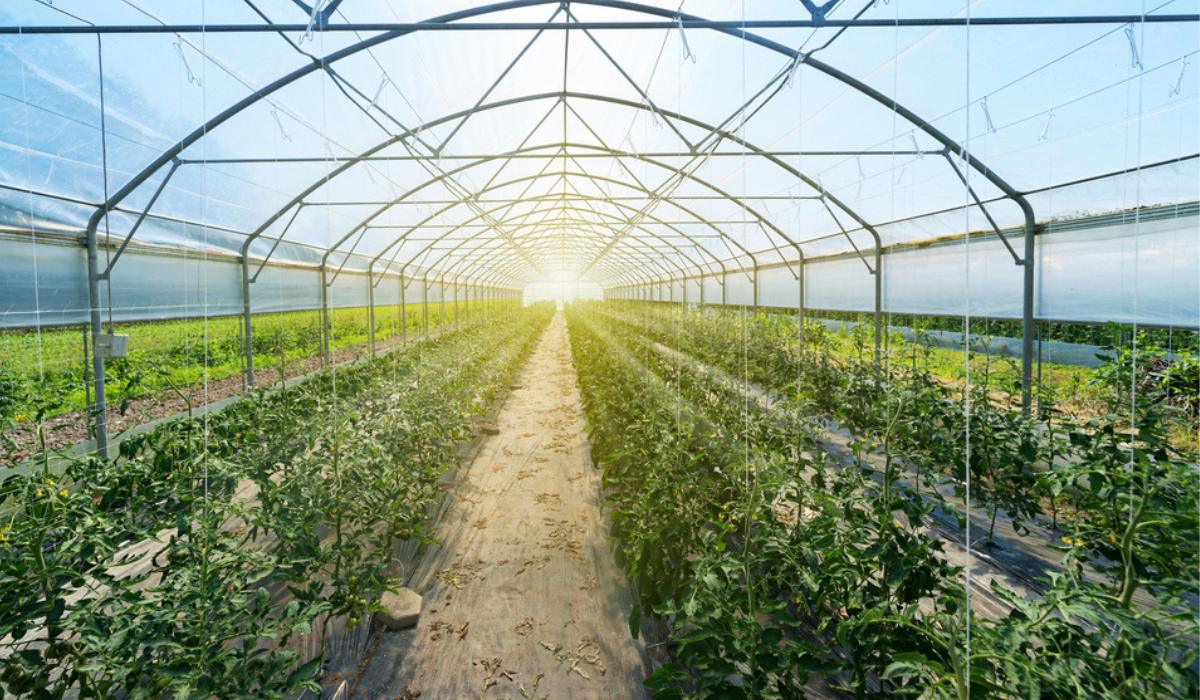
Land Requirements for Greenhouse Establishment
Selecting the right land is the cornerstone of success in modern agriculture and high-quality greenhouse production. An unsuitable plot can escalate project costs, reduce yields, and even lead to business failure. Factors such as land area, slope, soil quality, access to water and energy, climatic conditions, and legal requirements must be carefully evaluated. Reports indicate that approximately one-third of greenhouse failures stem from improper land selection. This article provides a comprehensive guide to the ideal land conditions for establishing a greenhouse, offering practical insights for investors and farmers.

Land Area Suitable for Greenhouse Establishment
One of the primary considerations for greenhouse establishment is the land area. The minimum required area for obtaining a greenhouse permit is approximately 500 square meters. However, for economic viability, a minimum of 2,500 to 3,000 square meters is recommended. This size allows 60 to 80 percent of the land to be used for the greenhouse structure, with the remaining space allocated for auxiliary facilities such as storage, internal roads, and irrigation systems. For small-scale or experimental greenhouses, smaller areas may suffice, but commercial production typically requires larger plots. For instance, in greenhouse complexes, plots of at least 5,000 square meters are often allocated to allow for future expansion. Additionally, the land must have agricultural zoning or be eligible for conversion to agricultural use, as permits are issued based on this condition.
Land Slope and Leveling
The land for a greenhouse must be completely level to avoid structural issues. A slope exceeding 2 percent can lead to water pooling, soil erosion, and uneven light distribution. On sloped land, leveling costs increase, and natural drainage may be disrupted. Experts advise against building greenhouses on steep slopes or mountainous areas, as these can cause technical problems like soil slippage.
Beyond leveling, the orientation of the greenhouse is critical. A north-south alignment is ideal for maximizing sunlight exposure. In windy regions, the greenhouse should be positioned so that prevailing winds hit the sidewalls to minimize damage. A gentle slope (less than 1 percent) aids natural rainwater drainage, but excessive slopes can wash away soil nutrients.
Soil Quality and Drainage
Soil quality is a critical factor in greenhouse land selection. The soil should have a balanced texture, combining sand, silt, and clay to ensure proper drainage. Heavy soils (high in clay) retain water, leading to root rot, while sandy soils drain excessively, losing nutrients. The soil pH should range between 6 and 7, free from high salinity, alkalinity, lime, or gypsum to avoid hindering plant growth.
Effective drainage is essential to remove excess water and ensure roots receive adequate oxygen. In areas with a high groundwater table (less than 2 meters), artificial drainage systems are necessary. Soil testing before construction is mandatory to assess nutrient levels like nitrogen, phosphorus, and potassium. If deficiencies are found, organic fertilizers can improve soil quality. Additionally, the soil must be free from pests and soil-borne diseases to reduce pest control costs.
Climatic Conditions
Climate directly impacts land selection. Areas with moderate temperatures (15 to 25°C during the day) are ideal for most greenhouses. In cold regions, heating costs rise, while hot regions require cooling systems. Strong winds (over 50 km/h) can damage greenhouse structures, making windy areas unsuitable.
A minimum of 6 hours of daily sunlight is necessary, so shaded areas or those near mountains are inappropriate. Annual rainfall should be balanced; excessive rain can cause flooding, while arid conditions increase irrigation needs. In regions with frequent fog or mist, fungal growth may rise. Land selection based on local climate, such as Iran’s central regions with cold winters and hot summers, requires advanced greenhouse designs.
Access to Water and Energy Resources
Access to sufficient, high-quality water is a vital requirement. For every 1,000 square meters of greenhouse, 8 to 10 cubic meters of water per day are needed in summer. Water quality must have appropriate electrical conductivity (EC), such as less than 2 ds/m for cucumbers and 1 ds/m for strawberries. Salty or contaminated water can destroy crops.
In addition to water, access to electricity is essential for ventilation, lighting, and pump systems. Natural gas for heating is cost-effective, so proximity to gas lines is advantageous. Lack of access to these resources can double costs. Backup systems like generators are recommended for power outages.
Geographical Location and Market Access
The land’s location should be near main roads to facilitate product transportation. Proximity to sales hubs, such as large cities, reduces transport costs. The land should be at least 2,000 meters away from polluting factories, like cement or asphalt plants, to avoid air pollution affecting plants.
Distance from livestock or poultry farms is also necessary—3,000 meters from linear poultry units and 100 meters from hydroponic units. Proximity to rivers (at least 50 meters) and seas (200 meters) prevents flooding and salinization. In government greenhouse complexes, lands with ready facilities are often provided.
Greenhouse Permit Issuance Process
To establish a greenhouse, obtaining a permit from the Agricultural Organization is mandatory. Applicants must submit a written request along with land ownership or lease documents, a feasibility study, and technical plans to the local Agricultural Department. The land must be zoned for agriculture or eligible for rezoning. After evaluating factors like area, soil, and water access, experts conduct a site visit. If approved, an initial permit is issued, and applicants must also secure environmental and water resource permits. This process may take 1 to 3 months, with costs varying by region. Compliance with technical and environmental standards is critical during this stage.
Environmental and Legal Considerations
Environmentally, the land must not be in protected or forested areas. An environmental impact assessment (EIA) may be required. Legal permits from the Agricultural Organization, environmental authorities, and water management are mandatory. Land ownership or lease must be formalized.
Greenhouse setbacks include a 20-meter distance from roads and 10 meters from neighbors. Adhering to these regulations prevents penalties.
Conclusion
Selecting the right land is the foundation of a successful greenhouse. By considering factors like area, slope, soil, climate, resource access, and legal requirements, a profitable project can be established. Consulting experts and conducting necessary tests before starting is highly recommended. Investing in suitable land not only reduces costs but also ensures sustainable production. If you’re planning to start a greenhouse, evaluate your land conditions now.



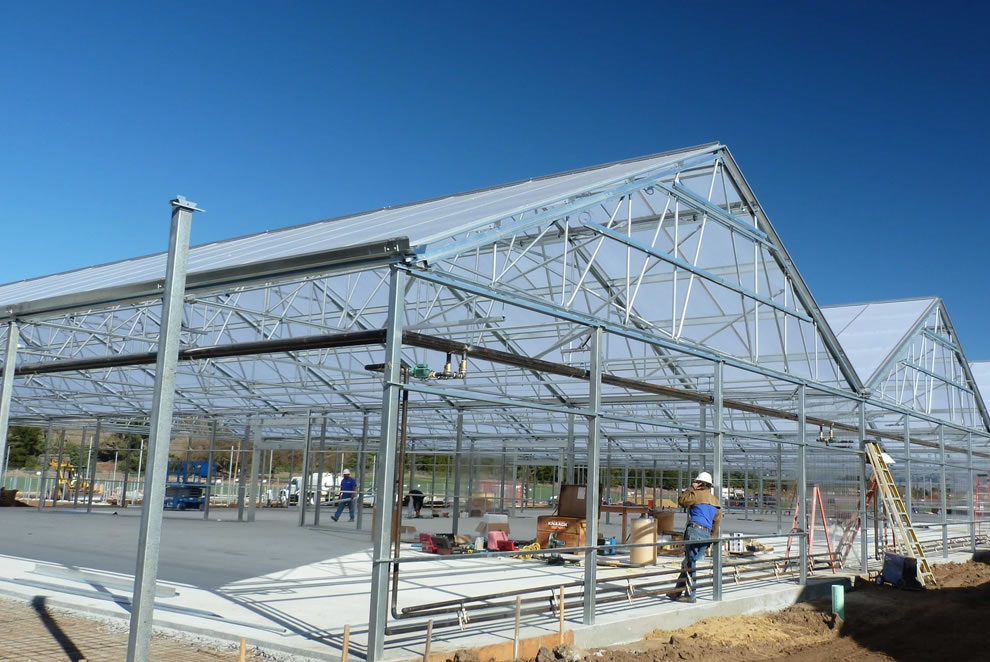 7 Myths About Starting a Greenhouse
7 Myths About Starting a Greenhouse
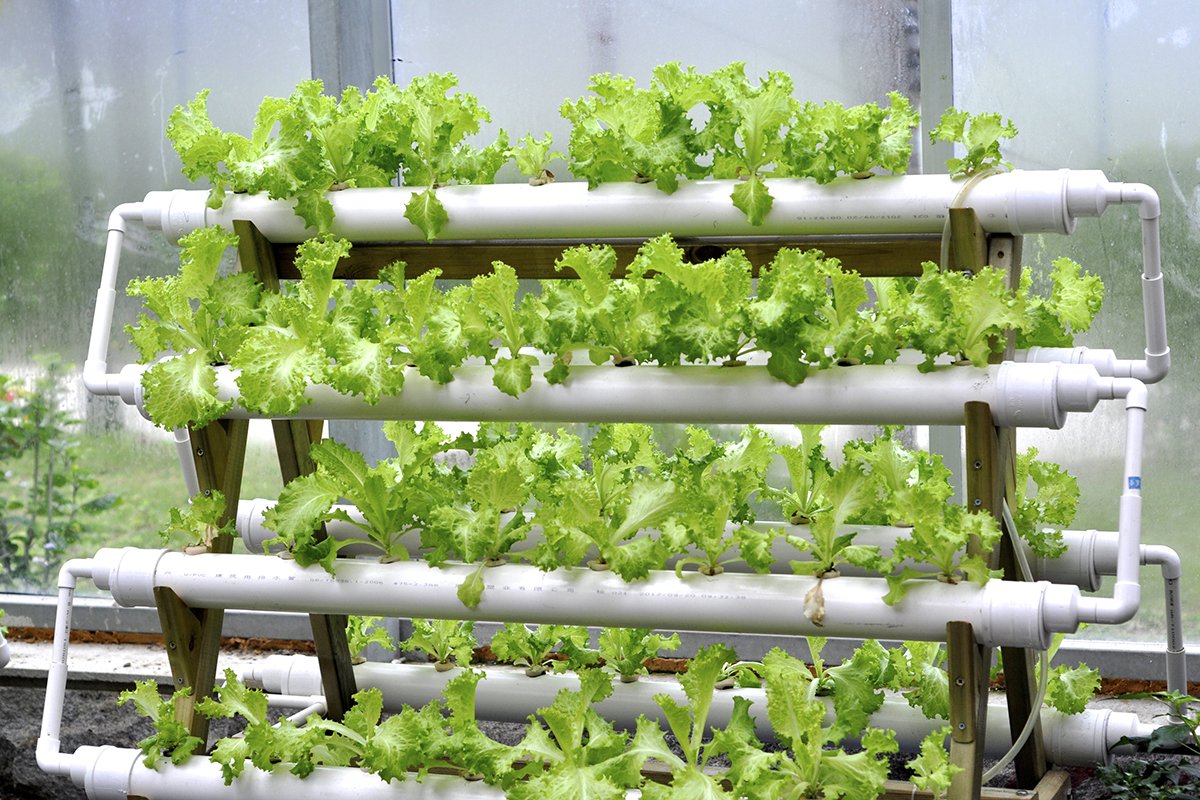 Hydroponic Greenhouse: A Comprehensive Guide to Setup, Benefits, and Systems
Hydroponic Greenhouse: A Comprehensive Guide to Setup, Benefits, and Systems
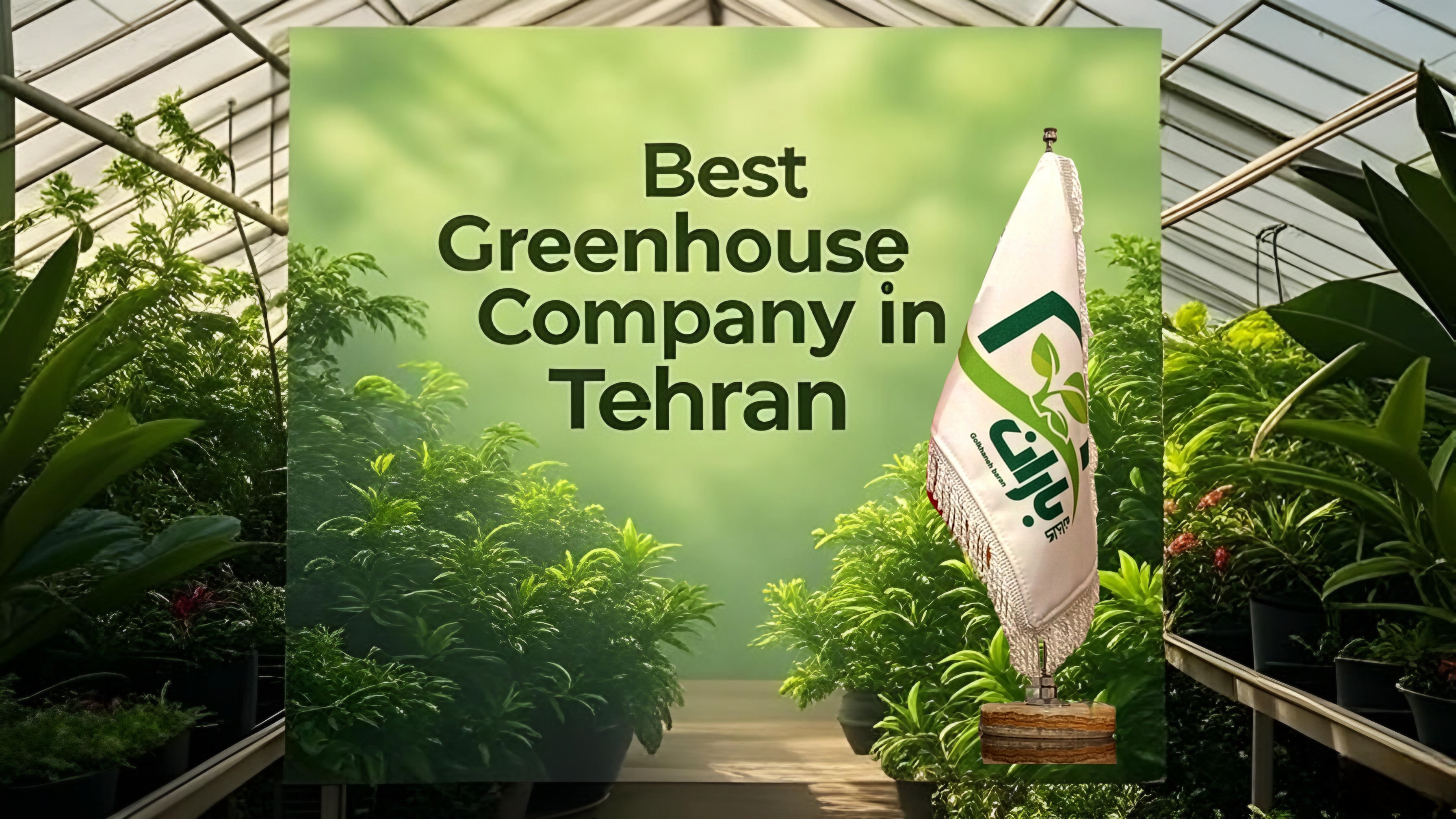 The best greenhouse construction company in Tehran
The best greenhouse construction company in Tehran
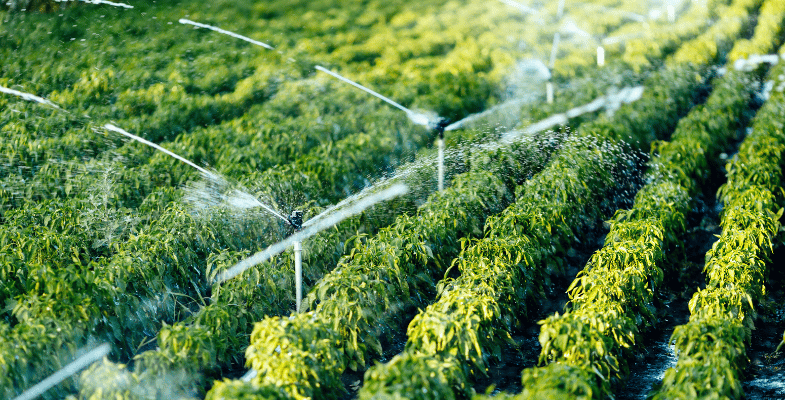 Greenhouse Irrigation Systems
Greenhouse Irrigation Systems
 Galvanized can profile 10
Galvanized can profile 10
 Axial Fan Evaporative Cooler
Axial Fan Evaporative Cooler
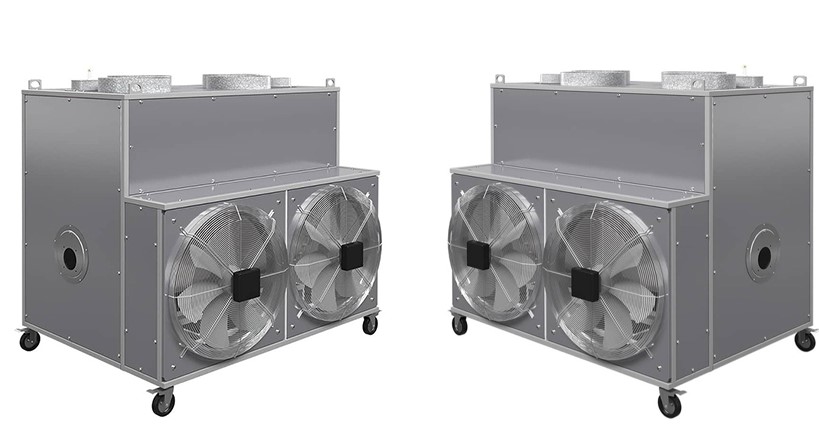 Furnace Heater
Furnace Heater
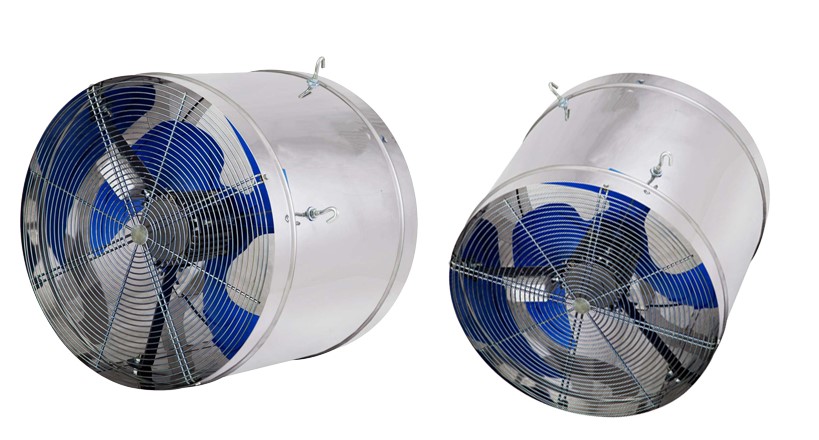 Type 4 Circulation Fan
Type 4 Circulation Fan
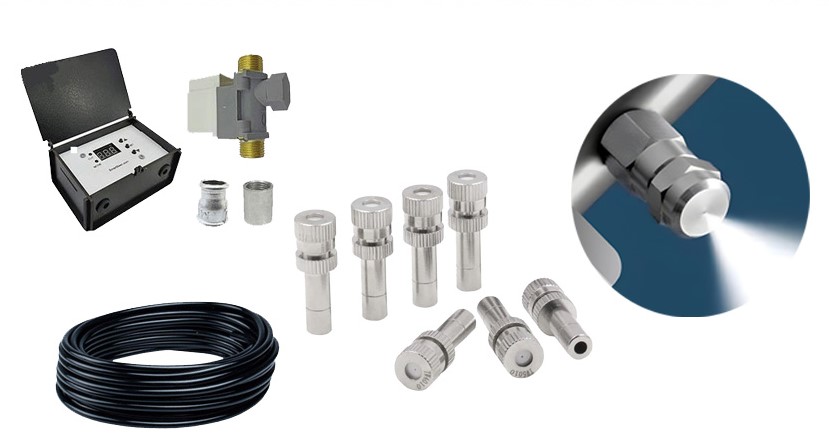 Greenhouse Mist Sprayer
Greenhouse Mist Sprayer